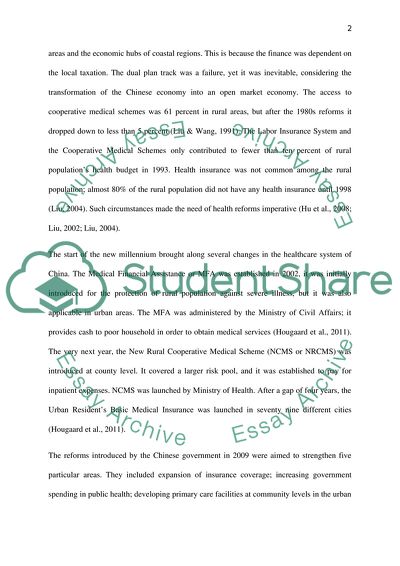Cite this document
(Chinas Security and Healthcare Systems Term Paper - 1, n.d.)
Chinas Security and Healthcare Systems Term Paper - 1. Retrieved from https://studentshare.org/social-science/1834235-health-economics
Chinas Security and Healthcare Systems Term Paper - 1. Retrieved from https://studentshare.org/social-science/1834235-health-economics
(Chinas Security and Healthcare Systems Term Paper - 1)
Chinas Security and Healthcare Systems Term Paper - 1. https://studentshare.org/social-science/1834235-health-economics.
Chinas Security and Healthcare Systems Term Paper - 1. https://studentshare.org/social-science/1834235-health-economics.
“Chinas Security and Healthcare Systems Term Paper - 1”, n.d. https://studentshare.org/social-science/1834235-health-economics.


